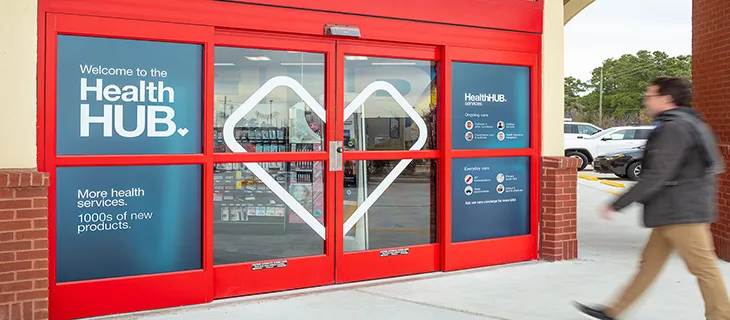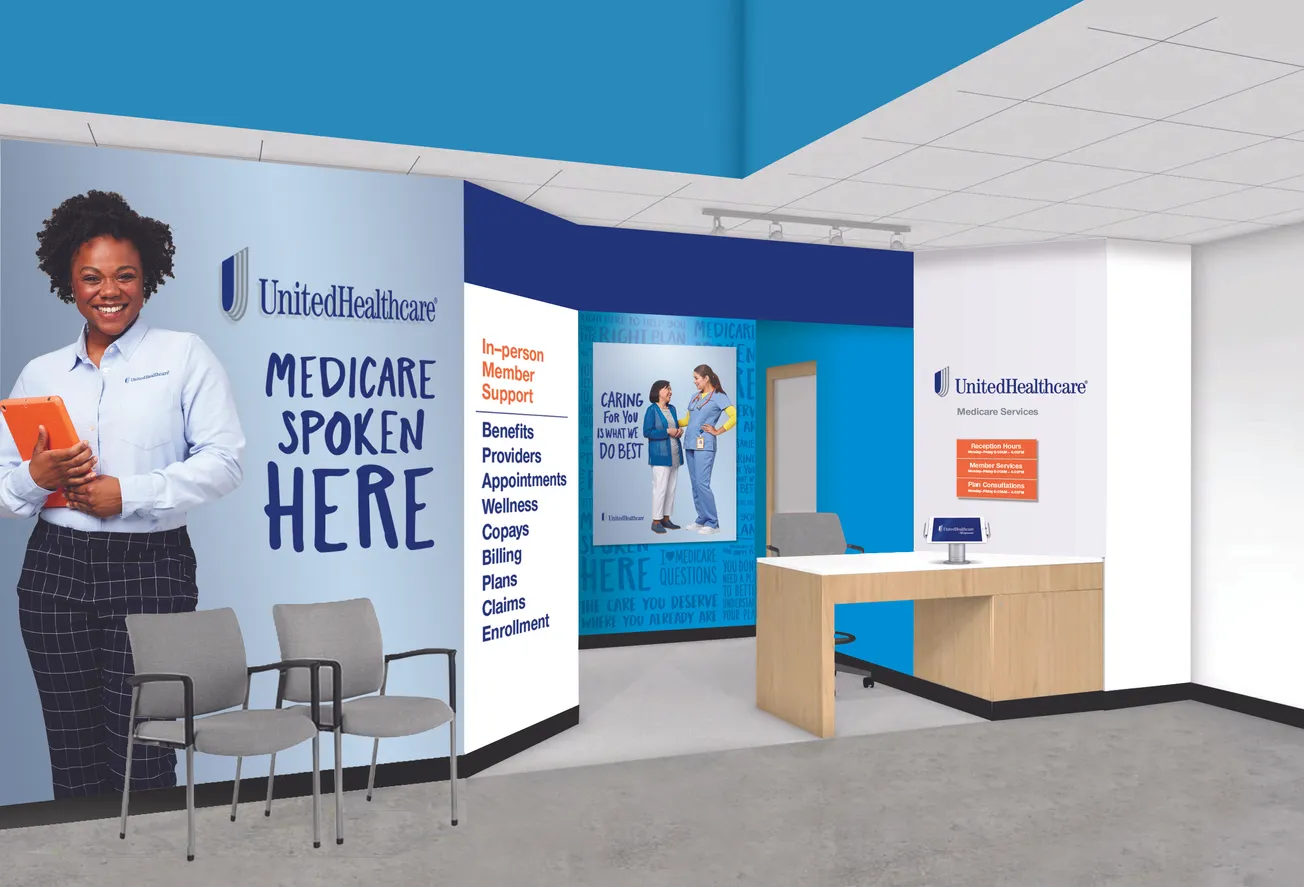
Dan Stanek
There’s never been a better time for health care leaders to think outside the [big] box.
According to consulting firm McKinsey, health care providers are experiencing a confluence of forces driving a significant move from inpatient care to:
• Distributed settings of care.
• Locations that answer consumers’ growing demand for convenience.
• Lower-cost, less capital-intensive care delivery systems.
• Solutions that optimize scale within local markets.
To retail veterans, this sounds familiar. The retail landscape was once dominated by giant, multidepartmental, centralized facilities — enclosed malls and downtown department stores. Like hospitals, they were expensive to operate and drew from an entire market area for an extended visit.
We’ve seen what’s happened to malls and department stores. As they declined, and consumers shifted their shopping patterns to more convenient power center and strip mall locations, the industry adapted by creating chains of accessible stores.
Similarly, health care systems will continue to move away from monolithic hospital settings to become more convenient for customers.
Health care is moving
According to health care consulting firm The Advisory Board, from 2006 to 2016 inpatient hospital visits dropped 6%, while outpatient visits increased 20.4%. In the next 10 years, outpatient growth should increase 58.6%, compared to another drop of 3.7% in inpatient visits.
The No. 1 priority for health care chief executive officers, according to a recent survey, is growing outpatient market share. In fact, 60% of new health care facility spending is now earmarked for outpatient-only care.
A recent survey also shows that the top goals of these outpatient-only projects are:
• Convenient location.
• Consistent branding.
• Soothing environment and wayfinding.

These goals are retail’s soul.
In response, forward-looking hospital systems are aggressively developing distributed, local settings that are smaller, cheaper and more conveniently located.
Another recent study, “The State of Consumer Healthcare: A Study of Patient Experience from Prophet and GE Healthcare Camden Group,” reported that 81% of people are dissatisfied with their health care experiences.
Instead of offering customers more of something they can barely tolerate, why not offer them a pleasant experience?
• Health care businesses are designing “stores” — Some health care businesses have embraced retailing, making their locations indistinguishable from stores or spas, because this approach has proven to work.
• Retailers are jumping into the opportunity, too — Seasoned retailers know an opportunity when they see it. With the growing separation of outpatient services from hospitals, they’re aggressively expanding into traditional health care offerings.
• It’s about reinventing the experience — Health care innovators understand the need for a compelling, holistic customer-centric experience, building in efficient processes that eliminate sitting and waiting and invite visitors to engage and get inspired. Hours and pricing are consumer-focused, and digital technology and consistent branding are woven in.
• It’s about starting with the customer — A retail-inspired design approach structures the architecture around the customer. It looks at the journey holistically, digging into experience mapping and opportunities to bring the brand experience to life, beyond just a logo and colors. This strategic, customer-centric approach helps decide what facilities are needed and how to design them.
Most outpatient care is ripe for an experience makeover, including urgent care, dental, physical therapy, sports medicine, allergy and primary care. Customers’ visit frequency and desire for convenience make these specialties outstanding candidates for retail makeovers.
• It’s about making business sense — Of course, it’s not all about the customer. Leading chain retailers employ unit scale to promote visibility and accessibility. This means that while they design for the customer experience, they also design for scale, consistency, and ease of implementation and duplication.
If we design for the future of health care using retail design principles, 1 + 1 can equal 3, combining the best of both to create a disruptive offering — with incredible treatment options, engaging outpatient and wellness offerings, and a strategic, customer-focused approach that appeals to the whole person.
The future of health care may seem challenging to some, but for those of us who design for multiunit, consumer-focused chains, this is simply Retail 101. It’s not only doable, it’s been done for decades.
Today, the future of health care looks a lot like retail. Which makes it an opportunity to innovate like never before.
Dan Stanek is executive vice president at WD Partners.









